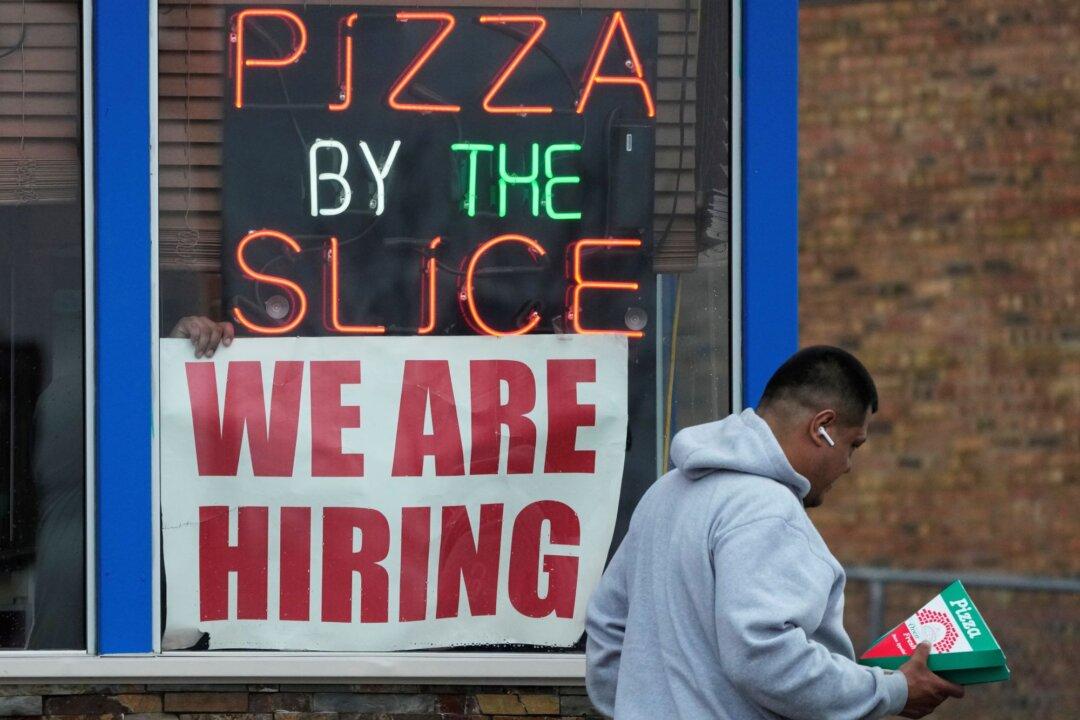News Analysis
The Biden administration is championing the news that the U.S. economy created 216,000 new jobs in December, and the unemployment rate remained below 4 percent for the 23rd straight month, with officials suggesting that the country has achieved a soft landing.





